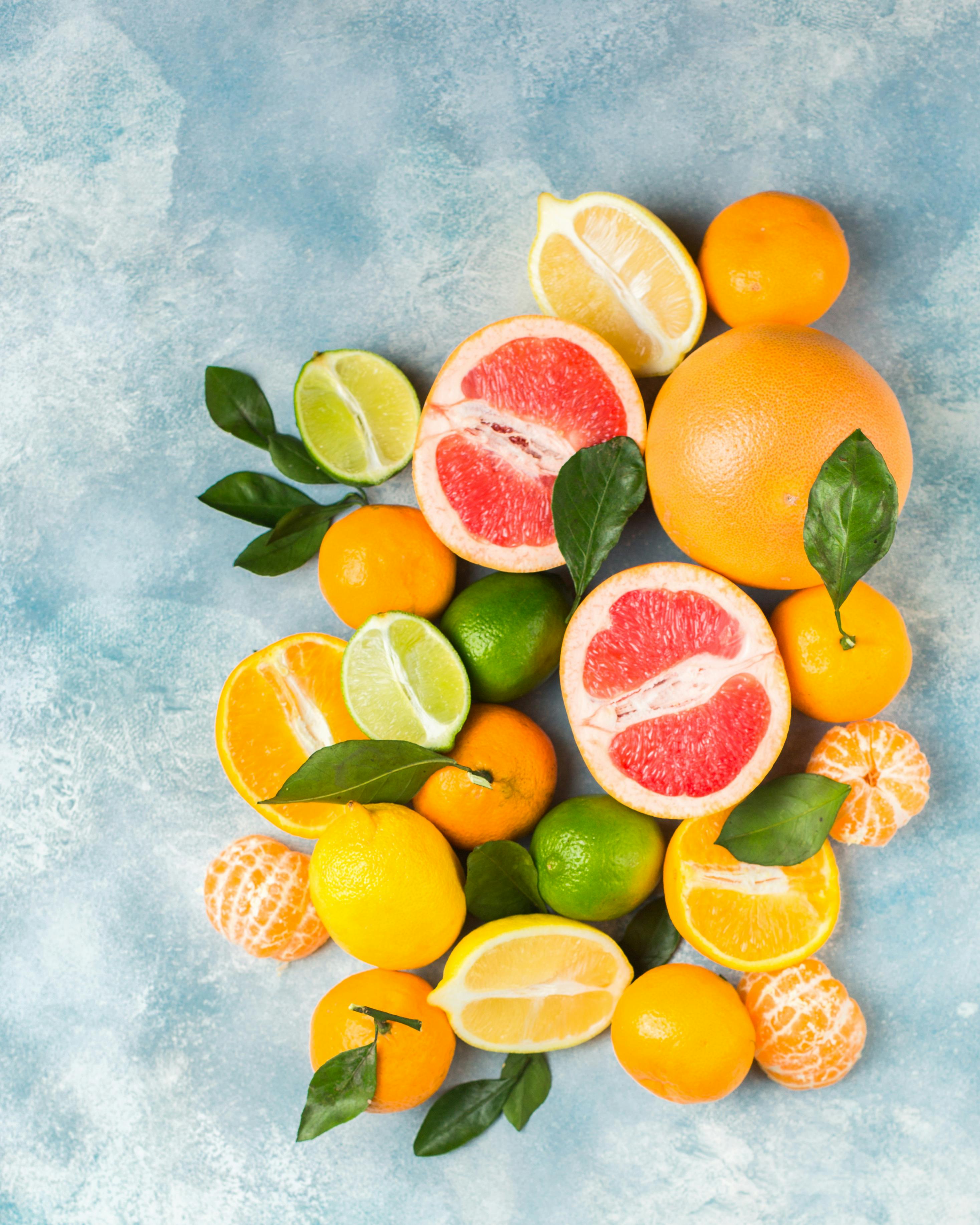In the U.S.? These 3 Fruits Can Make Your GERD Symptoms Worse
GERD, or acid reflux, affects millions in the U.S. and can lead to uncomfortable burning and digestive issues. While fruit is usually considered healthy, some types can actually trigger acid reflux symptoms. Knowing which ones to avoid can help manage discomfort and improve daily wellbeing.

Why do some fruits trigger GERD symptoms?
Certain fruits contain properties that can exacerbate acid reflux in individuals with GERD. These properties include high acidity, which can irritate the esophagus, and natural compounds that may relax the lower esophageal sphincter (LES), allowing stomach acid to flow back into the esophagus. Additionally, some fruits are high in fructose, which can lead to increased gas production and bloating, potentially worsening GERD symptoms.
How do citrus fruits affect acid reflux?
Citrus fruits are notorious for aggravating acid reflux symptoms in many GERD sufferers. Oranges, lemons, limes, and grapefruits are highly acidic, containing citric acid that can irritate the esophageal lining. The high acidity of these fruits can also stimulate the production of stomach acid, leading to increased reflux. For those with GERD, consuming citrus fruits or their juices may result in immediate discomfort and a worsening of symptoms.
What is the surprising effect of pineapple on GERD?
Pineapple presents a paradox for GERD sufferers. While it contains bromelain, an enzyme with anti-inflammatory properties that may aid digestion, pineapple is also highly acidic. The acidity can trigger reflux symptoms in some individuals, counteracting any potential benefits. Additionally, pineapple contains a significant amount of fructose, which can lead to bloating and gas, potentially exacerbating GERD symptoms. The effects of pineapple on GERD can vary from person to person, making it a fruit to approach with caution.
How can tomatoes disrupt digestive balance?
Although technically a fruit, tomatoes are a common trigger for GERD symptoms. Tomatoes are highly acidic due to their malic and citric acid content. This acidity can irritate the esophagus and increase stomach acid production. Furthermore, tomatoes contain compounds that may relax the LES, making it easier for stomach acid to reflux into the esophagus. Tomato-based products like ketchup, pasta sauce, and salsa can be particularly problematic for those with GERD.
What are some GERD-friendly fruit alternatives?
For those looking to enjoy fruits without triggering GERD symptoms, there are several low-acid options. Melons, such as cantaloupe and honeydew, are generally well-tolerated. Bananas are another excellent choice, as they have a natural antacid effect and can help coat the esophagus. Apples (especially when peeled), pears, and berries like blueberries and strawberries are also often safe for GERD sufferers. However, it’s important to note that individual tolerances can vary, and what works for one person may not work for another.
How can GERD sufferers safely incorporate fruit into their diet?
Managing fruit consumption with GERD requires a thoughtful approach. Start by keeping a food diary to identify which fruits trigger your symptoms. Introduce new fruits one at a time and in small quantities to gauge your body’s reaction. Consider eating fruits as part of a larger meal rather than on their own, as this can help buffer their acidity. Cooking or blending fruits can also make them easier to digest. For some, consuming fruits earlier in the day may be better tolerated than eating them close to bedtime.
Acid reflux treatment often involves a combination of dietary changes, lifestyle modifications, and sometimes medication. While avoiding trigger fruits is important, it’s equally crucial to work with a healthcare professional to develop a comprehensive GERD management plan tailored to your individual needs.
This article is for informational purposes only and should not be considered medical advice. Please consult a qualified healthcare professional for personalized guidance and treatment.




